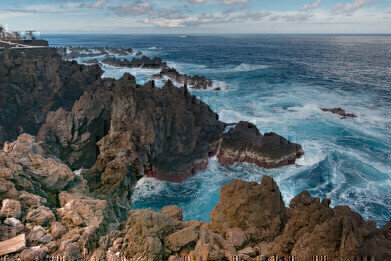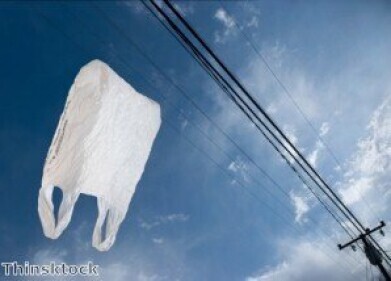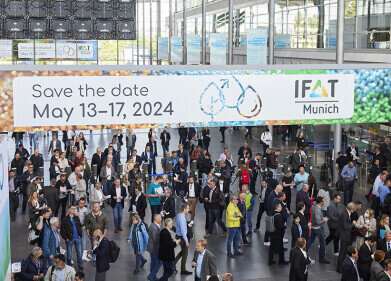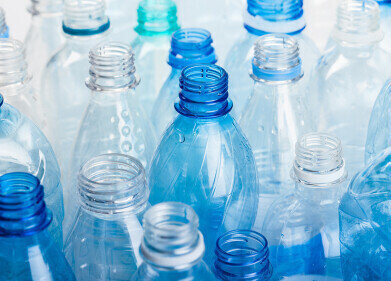Waste Management
What the Heck Is 'Plasticrust' Pollution?
Aug 02 2019
Researchers at the Marine and Environmental Sciences Centre (MESC) in Portugal have made an unusual and unsettling discovery: the advent of ‘plasticrust’ pollution. Comprised of polyethylene (the most commonly used kind of plastic in the world), the contamination takes the form of patches of what appears to be melted plastic stuck onto rocks on the country’s coastline.
The strange pollution was first noticed in 2016 on the shores of Madeira, but scientists working at the MESC claim that the patches have grown considerably in size and number since then. Although their exact impact on the ecosystem surrounding them is still unknown, there is a very real concern that this plasticrust could be ingested by marine organisms, causing untold damage to their digestive systems.
Plastic catastrophe
The problem of plastic pollution in our seas and oceans is one that has been spiralling out of control for years now. It’s estimated that more than eight million tonnes of the stuff are discarded and improperly disposed of each year, with much of that waste finding its way into the ocean. Indeed, evidence of plastic pollution was even found at the deepest point on Earth after a recent underwater excursion. That’s a major problem for the flora and fauna which call such habitats home, since it can interfere with and severely disrupt their ecosystems.
As if plastic pollution wasn’t serious enough a concern, recent worries about the dangers of microplastic pollution have exacerbated matters. When plastic particles break down into microscopic pieces, they are far more easily ingested by marine animals, which can cause all kinds of problems to their inner mechanisms. Not only can it fill their stomachs and inhibit ingestion of nutritious foods, but it can also directly cause death through poisoning, suffocation or other means. These small animals can then be consumed by larger predators, meaning the plastic reaches higher and higher up the food chain.
A disturbing phenomenon
The latest discoveries of plasticrust pollution only entrench the fears over the harmful effect that our wanton methods of commodity consumption and waste disposal are having on the environment. Normally formed of blue or grey patches of polyethylene, the pollution clings to rocks and becomes visible at low tide. The recent study confirmed that plasticrust was present on 9.46% of the rocky surface all along the Portuguese coastline in Madeira.
“We are convinced this is not a case exclusive of Madeira, and most likely this new phenomenon will be reported in other global regions,” explained Ignacio Gestoso García, lead author on the report. “However, we would like to remark that for now, plasticrusts are confined to a particular site of the island and future surveys need to be conducted to evaluate and quantify the relevance of plasticrusts.” The research has added further fuel to the fire calling for both consumers and manufacturers to amend their habits and dispose of plastic waste more responsibly.
Events
Apr 18 2024 Shanghai, China
Apr 22 2024 Hannover, Germany
Apr 23 2024 Kuala Lumpur, Malaysia
Apr 24 2024 Sao Paulo, Brasil
May 05 2024 Seville, Spain













